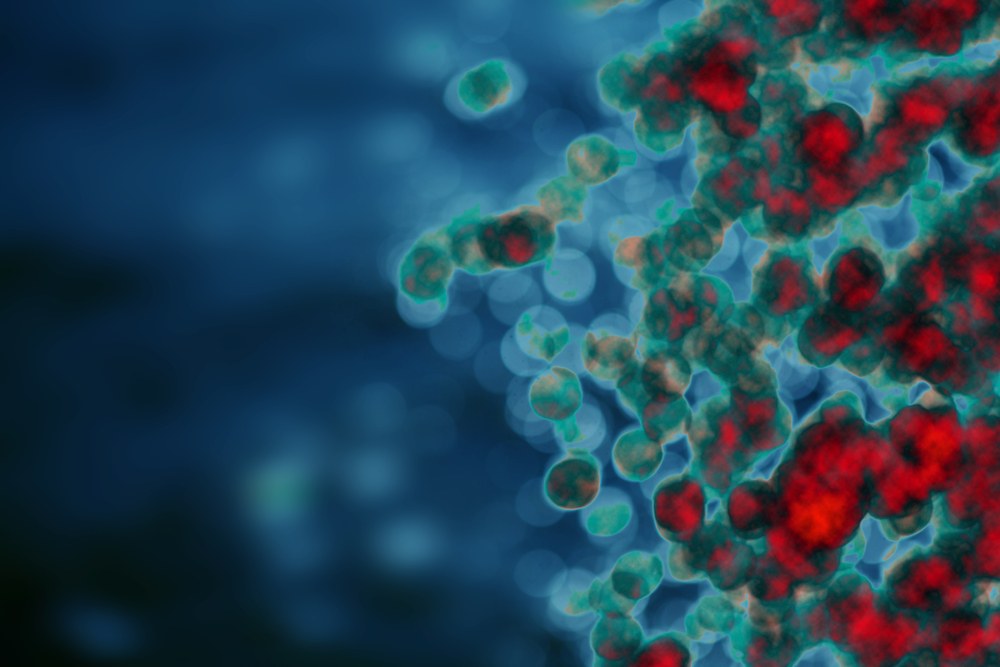Results of New SPMS Study to Be Presented at ACTRIMS

At the Americas Committee for Treatment and Research in Multiple Sclerosis (ACTRIMS) Forum 2016, being held from Feb. 18–20 in New Orleans, LA, researchers have gathered to discuss “Progressive MS: Bench to Bedside and Back,” the meeting’s theme.
Secondary progressive multiple sclerosis (SPMS) is one of four types of MS, and is the form of the disease that develops from relapsing-remitting multiple sclerosis (RRMS). A key question that is not completely understood is the extent to which systemic inflammation impacts disease progression during SPMS.
Researchers at the Department of Neurology in the University of Michigan Medical School tackled this question and will present their work at ACTRIMS on Friday, Feb. 19, in a talk titled “Cytokine and Chemokine Dysregulation in SPMS.”
The research team analyzed plasma and peripheral blood mononuclear cells (PBMC), a group of key immune cells, including lymphocytes (T cells, B cells, and NK cells), monocytes, and dendritic cells. The samples were collected longitudinally from patients with RRMS or SPMS, and healthy controls. Additionally, participants’ clinical parameters, including disease duration, measures of disease progression, and cranial magnetic resonance imaging (MRI) results (that determine disease burden and tissue injury) were also accounted and correlated with the participants’ immune profile.
Researchers found that the myelin basic protein (MBP)-specific interleukin (IL)-17 and interferon (IFN)-γ-producing PBMC expression, two important immune cytokines, were higher in MS patients, both RRMS and SPMS, when compared to healthy controls. Moreover, they observed that myelin-reactive Th17 cells accumulate in the circulation of MS patients as the disease progresses and disability status scale (EDSS) scores increase.
Plasma levels of several IL-17-induced factors, such as CXCL1 and CCL11, known to mobilize and activate several types of immune cells and have a key role in systemic inflammation, are also increased in the plasma of SPMS when compared to RRMS patients. Of note, the team once again reported that this increase was accompanied by central nervous system tissue injuries.
The immune profile between RRMS and SPMS patients was distinct, with the former exhibiting a cluster of plasma IL-12 while the later was skewed to an IL-23 profile.
In conclusion, SPMS patients exhibit an increased burden in Th17 responses and IL-17-inducible myeloid factors relative to RRMS. Moreover, its correlation with lesion burden, disability scores, and tissue injury suggest that Th17-related and IL-17-induced factors are potential candidates for SPMS-targeted therapeutics.






